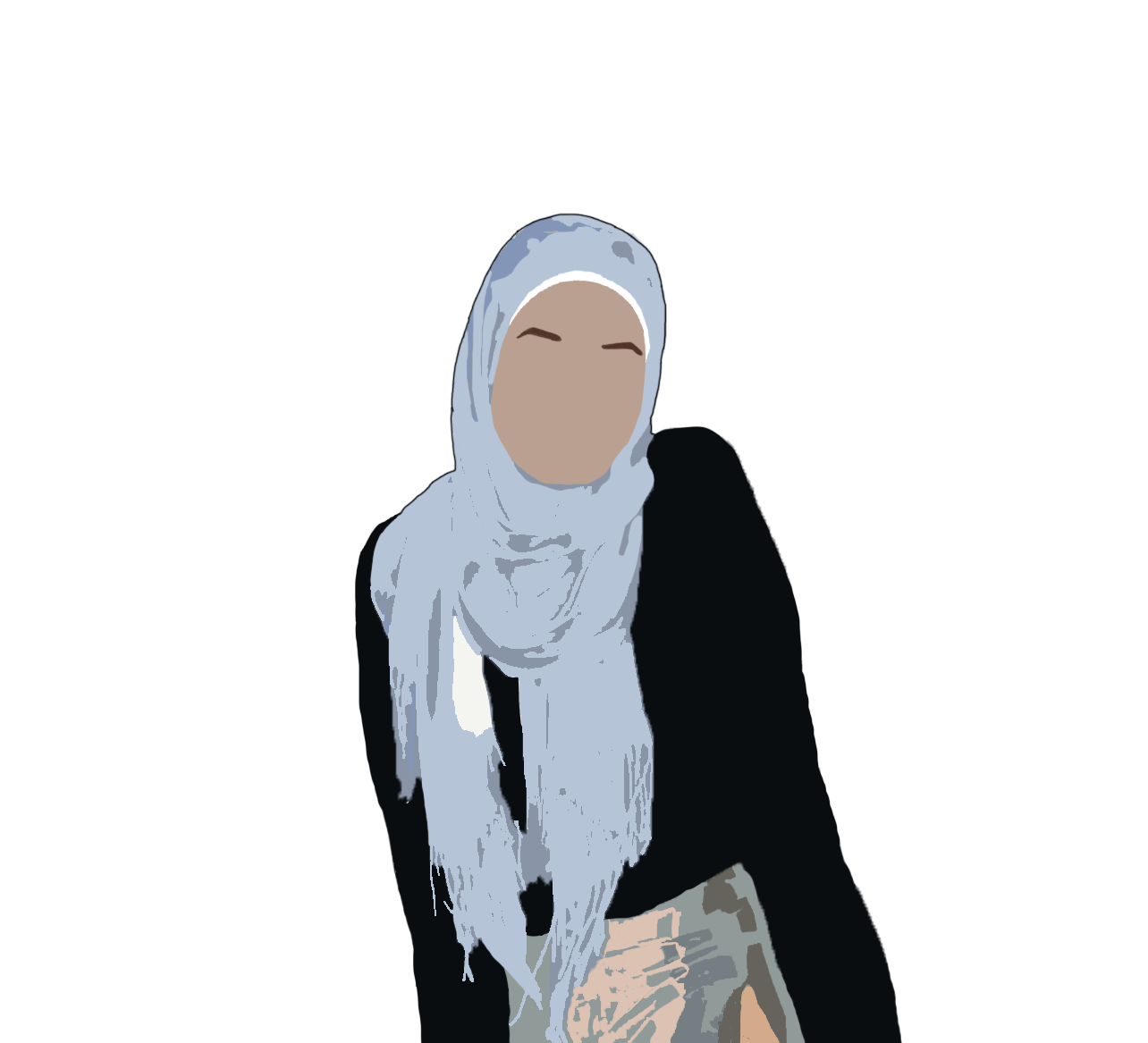Masjid Al-Amar
On a habitable moon, we imagine a diverse group of people. Muslims reside among the residents on the moon and must complete religious practices, including completing the five daily prayers. Therefore, a thorough analysis of religious practices and celestial properties is necessary before designing the place of prayer. Prayer is a mandatory practice in Islam, where Muslims complete five prayers during certain time frames throughout the day. In Islamic countries, a call to prayer (athan) is broadcasted from the mosque, indicating that it is time for prayer.
Muslims can then complete wudu’ (ablution) and gather at the mosque, where prayer is led by the imam. Though it is encouraged to pray at the mosque, prayers can be completed from anywhere, as long as they are in a state of wudu’, and that it is done facing towards the ‘Qibla”, which is towards the Kaaba, located in Mecca, Saudi Arabia. Before the Qibla compass was invented, Muslims used the setting and rising points of celestial objects or the direction of the wind to find the right direction to pray. Considering my design is located on the Moon, mapping exercises is required to understand the Moon’s ‘Qibla’.
The moon, situated approximately 384,400km from the Earth, takes 27.3217 Earth days to orbit around the Earth. The moon’s rotation period is synchronous with its orbital period, while the Earth’s rotation period is approximately 24 hours (23.9345 hours). The Earth is approximately four times the size of the Moon (Earth’s radius = 6378km, Moon’s radius = 1737km), with a surface area ratio of 1:14. Earth’s mean surface gravity is 980cm/sec2, while the Moon’s mean surface gravity is 162cm/sec2, allowing a ratio of approximately 1:6. Finally, as shown in the video below, sound does not travel on the Moon, which will be necessary for my design.
